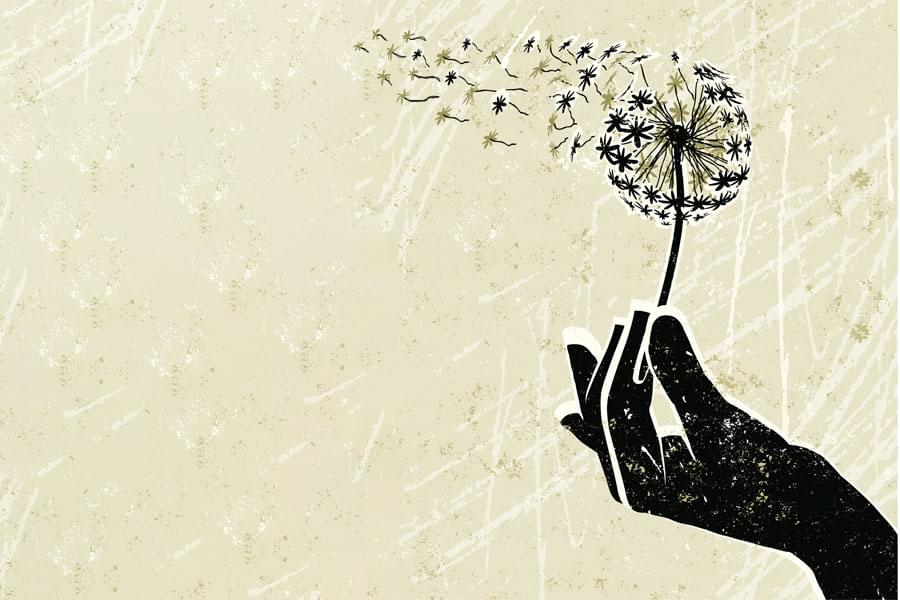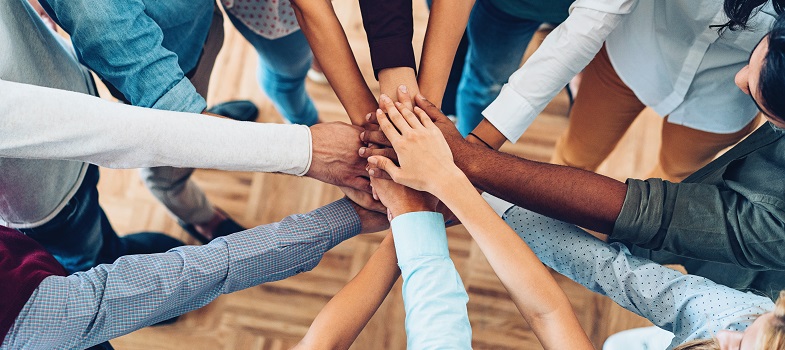Unit 2: Identification
2.1 Identifying vulnerability and risk
Why does vulnerability and risk matter?

When organisations work in various activities and programmes, it’s important to ensure that we ‘do no harm’. Simply put, this means that we mitigate against any harm that may arise as a result of our activities and programmes.
Realistically, eradicating all harm is not possible, but we would want to ensure that we provide our services and support to communities safely, which includes, in so far as is possible, reducing the risk of any harm that may arise.
Therefore, safe programming includes:
- Identifying, mitigating and managing the risks of harm and abuse that may be caused by programme design and delivery.
- Considering the safety and wellbeing of all community members throughout the programme cycle.
- Being prepared not to deliver a programme where safeguarding risks have not been appropriately assessed and minimised and/or where the inherent risks to beneficiaries are unacceptable.
- Documenting safe programming experiences to inform future work.
(Source: RSH: How CSOs can Design and Deliver Safe Programmes)
You will be aware that you and your organisation have a duty to identify, prevent, report and respond to concerns that a child or adult may be suffering harm. This will include those your organisation works with (such as other staff or volunteers) or works for (children, communities and others who may benefit from the work).
Early recognition that an individual may be vulnerable to abuse or harm may prevent harm from occurring in the first place or prevent further harm from occurring. Recognising indicators of abuse may be challenging, but the ability to recognise signs and symptoms early is of fundamental importance.
It is also important to remember that children or vulnerable adults are put at risk by unsafe organisational practices and through the behaviour of people whom they know. If you want to understand more about SEAH please follow the link.
Factors that make children vulnerable

Factors that increase a child’s vulnerability to harm include:
- Age – babies are more vulnerable than older children.
- Trust – children are more trusting of adults who have direct contact with them. They may not understand what an appropriate or inappropriate touch is, their right to personal privacy or their right to express themselves.
- Disability – children who have a physical, mental or learning disability are more vulnerable than other children. They are in need of more personal or intimate care, which requires more direct contact. Their vulnerability may increase when they are in residential or institutional care.
- Other criteria such as being part of a marginalised group.
- Societal perceptions where children are often considered unimportant and unworthy of any rights of their own.
- Children who are orphaned due to parental loss or death due to disease.
- Children infected or affected by HIV/AIDS.
- Children born out of wedlock.
- Gender – often girls are more at risk of harm because of societal perceptions that they hold a lesser status than boys. However, in certain situations (such as armed conflict), boys may well be at greater risk of forced recruitment and sexual violence.
- Inability of parents or family to care for children because of their own inherent factors such as their young age, ignorance or lack of knowledge, traumatic childhood, isolation, substance misuse, mental illness, physical or learning disability.
- Violence or domestic abuse within the family or in the community.
- Environmental factors, such as natural disasters, armed conflict and pandemics, or a combination of all these factors that displace children and adults, making them vulnerable.
- Loss of name, nationality or migrant status which results in a lack of political or civil status.
- Low economic or social status.
As workers who have either direct or indirect contact with children and/or vulnerable adults, we not only need to be able to recognise vulnerability factors, but also that these factors increase their risk of harm by perpetrators who misuse their power to exploit, abuse and/or harass children.
|
Activity 2.1 Organisational factors What organisational factors may make a child vulnerable to exploitation and abuse? Record your response in your learning journal. |
Factors that make adults vulnerable to harm

© MHJ / Getty Images
An adult who is experiencing, or is at risk of experiencing harm, abuse or exploitation and who is unable to protect themselves against harm is known as a ‘vulnerable adult’ or an ‘adult at risk’ (of harm).
Such adults may be dependent on others to meet their physical, emotional and material needs. These adults are at a higher risk of exploitation, abuse and harassment, and their vulnerability increases with a combination of several of these factors:
- Age – older people may be more vulnerable to abuse because of poor physical or mental health or reliance or support from others for daily activities.
- Disability – adults who have a physical, mental or learning disability are more vulnerable to exploitation and harm. They may need personal or intimate care, which often requires more direct bodily contact with others. Vulnerability may increase when they are in residential or institutional care. Adults with disabilities may also be more vulnerable to abuse because they may be less valued in their communities or have less understanding of their rights.
- Sex and sexuality – people who are or identify themselves as lesbian, gay, bisexual, transgender, queer or intersex (known as ‘LGBTQI+’) or non-binary are often vulnerable because of societal perceptions and discrimination against such groups.
- Ethnicity – usually those who identify as part of a minority racial group are vulnerable to abuse because of oppression and discrimination.
- Literacy – generally adults who are unable to read or write because of a lack of educational opportunities are more at risk of exploitation and harm.
- Gender – women are more at risk of harm because societal perceptions accord them a lesser status than men. However, in situations of armed conflict men may be more vulnerable.
- Loss of home, family members and/or financial and material support.
- Inability of family to care for older people leading to harm or neglect because of a lack of ability or ignorance.
- Displacement because of natural disasters, armed conflict, pandemics or a combination of all these factors.
- Loss of name, nationality or migrant status which means no political or civil status.
- Poverty or low economic status.
|
Activity 2.2 The same of different? Children and adults vulnerability. Consider the following question and record your response in your learning journal:
|
